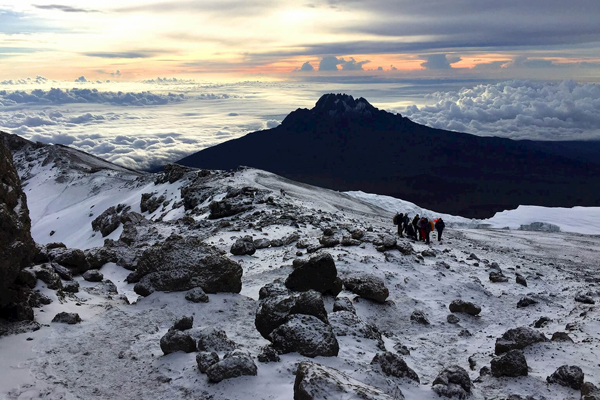
Katavi National Park, located in the far west of Tanzania, is one of the country’s most remote and untouched safari destinations. Covering an area of 4,471 square kilometers, Katavi is often referred to as the “Last Wilderness.” The park is known for its rugged landscapes, large populations of hippos and crocodiles, and its low visitor numbers, offering an exclusive safari experience. The park’s highlight is the Katavi and Tapika floodplains, which provide critical habitat for a wide variety of wildlife.
Katavi is rich in diverse plant life, with the following ecosystems:
Katavi is an incredible wildlife destination, with large populations of both predators and prey:
The Katavi River and its surrounding floodplains are central to the park’s ecosystem. During the dry season, these areas become vital for wildlife, attracting elephants, buffaloes, and predators like lions and hyenas. The riverbanks are also prime spots for birdwatching, with thousands of birds feeding and nesting in the wetland areas.







Explore the wonders of Africa with AWA Tours, your gateway to authentic and sustainable travel experiences. Specializing in eco-conscious safaris, cultural immersion tours, and off-the-beaten-path adventures, we bring you closer to Africa’s breathtaking wildlife, diverse cultures, and pristine landscapes. From thrilling Big Five safaris to serene beach escapes and community-focused travel, AWA Tours curates unforgettable journeys tailored to modern explorers seeking adventure, connection, and responsible tourism.
By subscribing to our newsletter, you’ll gain access to:
✔️ Exclusive Travel Deals & Discounts
✔️ Insider Travel Tips & Guides
✔️ Updates on New Tours & Destinations
✔️ Stories from Real Travelers & Stunning Photography
Whether you’re dreaming of conquering Mount Kilimanjaro, relaxing on Zanzibar’s pristine beaches, or witnessing the majestic Great Migration, AWA Tours has something special just for you.
2024 Awatours. All rights reserved.